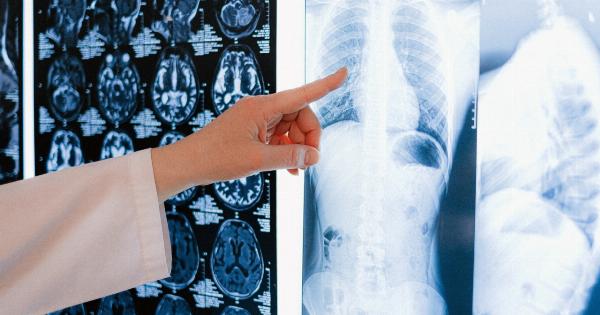Brain bleeding, also known as intracranial hemorrhage, refers to the presence of blood leakage within the skull, leading to various complications. This condition can arise due to several causes, one of them being high blood pressure or hypertension.
High blood pressure exerts excessive force on the walls of the blood vessels, making them prone to rupture and bleed. In this article, we will explore the relationship between high blood pressure and brain bleeding, its symptoms, risk factors, prevention methods, and available treatments.
Symptoms of Brain Bleeding
Brain bleeding can manifest through a wide range of symptoms, depending on the severity and location of the hemorrhage. Some common signs and symptoms include:.
- Severe headache
- Sudden numbness or weakness in the face, arm, or leg
- Difficulty speaking or slurred speech
- Confusion or difficulty understanding others
- Vision problems, such as blurred or double vision
- Dizziness or loss of balance
- Seizures or convulsions
Types of Brain Bleeding
Brain bleeding can occur in several forms, each having its own causes and consequences. The main types of brain bleeding include:.
1. Intracerebral Hemorrhage:
Intracerebral hemorrhage occurs when a blood vessel within the brain ruptures, leading to bleeding in the surrounding tissues.
This condition is predominantly associated with high blood pressure and commonly affects the basal ganglia, cerebellum, or brain stem.
2. Subarachnoid Hemorrhage:
Subarachnoid hemorrhage occurs when the bleeding takes place between the brain and the thin tissues covering it, known as the arachnoid membrane.
This type of brain bleeding is often caused by a ruptured aneurysm, a weakened blood vessel bulge that eventually bursts.
3. Epidural Hemorrhage:
Epidural hemorrhage refers to bleeding that occurs between the skull and the outermost covering of the brain, known as the dura mater. This type of brain bleeding is usually caused by trauma, such as a severe head injury or skull fracture.
4. Subdural Hemorrhage:
Subdural hemorrhage involves bleeding between the brain and the membrane surrounding it, called the dura mater.
This type of brain bleeding can occur due to an injury, but it can also be caused by certain medical conditions, such as bleeding disorders or blood-thinning medications.
Causes of Brain Bleeding
The primary cause of brain bleeding is often high blood pressure, which weakens the blood vessel walls over time. However, other factors can contribute to the development of brain bleeding as well:.
- Trauma to the head
- Blood clotting disorders
- Brain tumors or abnormal blood vessel formations
- Drug abuse, particularly the use of stimulants like cocaine
It is important to note that chronic hypertension is a significant risk factor for brain bleeding, and individuals with uncontrolled high blood pressure are more susceptible to this condition.
Prevention of Brain Bleeding
Fortunately, there are several measures individuals can take to reduce their risk of brain bleeding, specifically related to high blood pressure:.
- Maintain a healthy blood pressure level through a balanced diet and regular exercise.
- Limit sodium intake to prevent fluid retention and reduce blood pressure.
- Quit smoking as it damages blood vessels and increases the risk of hypertension.
- Reduce alcohol consumption as excessive drinking can raise blood pressure levels.
- Follow prescribed medications for hypertension strictly as directed by the healthcare provider.
Treatments for Brain Bleeding
The treatment options for brain bleeding depend on the severity, type, and location of the hemorrhage. Some common treatments include:.
- Immediate medical attention to stabilize the patient and prevent further bleeding
- Surgery to repair or remove the ruptured blood vessel or abnormality causing bleeding
- Medications to control blood pressure and prevent complications
- Rehabilitation therapies to aid in recovery and regain lost functions
Conclusion
Brain bleeding caused by high blood pressure is a serious condition that requires prompt medical attention. Recognizing the symptoms, managing hypertension effectively, and adopting a healthy lifestyle are crucial steps in preventing brain bleeding.
Seeking early medical intervention and adhering to prescribed treatments can significantly improve the prognosis for individuals affected by this condition.




























